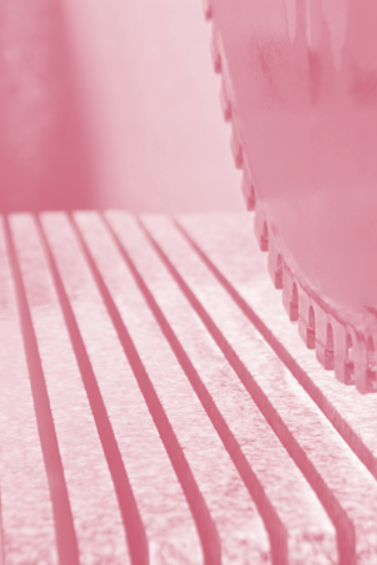Stone study splits risks
 Experts have raised questions about the safety of alternatives to engineered stone.
Experts have raised questions about the safety of alternatives to engineered stone.
Australian researchers have found that it may not just be the quartz, or silica, in engineered stone that is causing the lung disease silicosis.
A recent study has found that aluminium and cobalt in the engineered stone were associated with cell toxicity.
The authors say the outcomes of this study challenge the common view that reducing the crystalline silica in engineered stone benchtops will eliminate disease risk.
The study involved the generation and analysis of respirable dust from 50 resin-based engineered stones, 3 natural stones, and 2 non-resin-based materials.
Researchers looked at mineralogy, morphology, metals, resin content, particle size, and charge.
Human alveolar epithelial cells and macrophages were exposed in vitro to the dust, with assessments focusing on cytotoxicity and inflammation.
Fine particles, measuring less than 600 nm, were produced during the cutting of engineered stone.
Crystalline silica emerged as the primary component, accompanied by the presence of metal elements such as Ti, Cu, Co, and Fe.
The study found that quartz explained only 11 per cent of the variance lung risk, suggesting that crystalline silica only partially explains the cellular response. Notably, Co and Al accounted for 32 per cent of the variance (p < 0.001) in macrophage toxicity.
This indicates that silica is not the sole concern in these products, emphasising the need for caution in producing alternative materials to mitigate disease risks.
The experts say that as alternative materials are explored to minimise disease risks, a comprehensive understanding of all implicated components is imperative.








 Print
Print